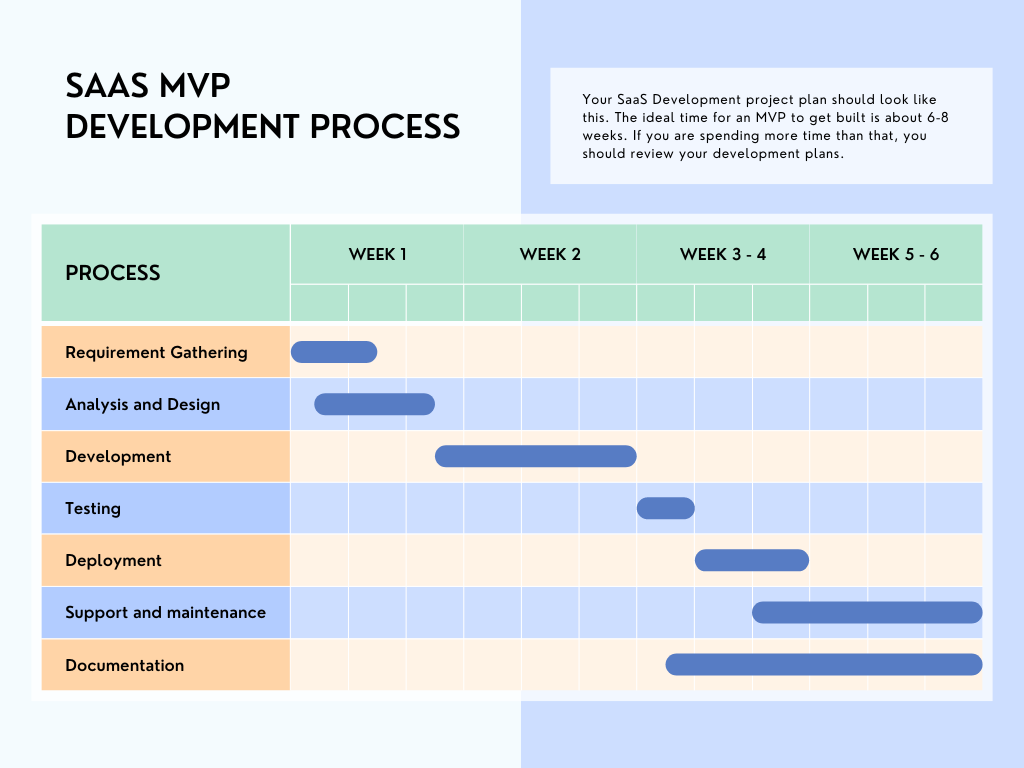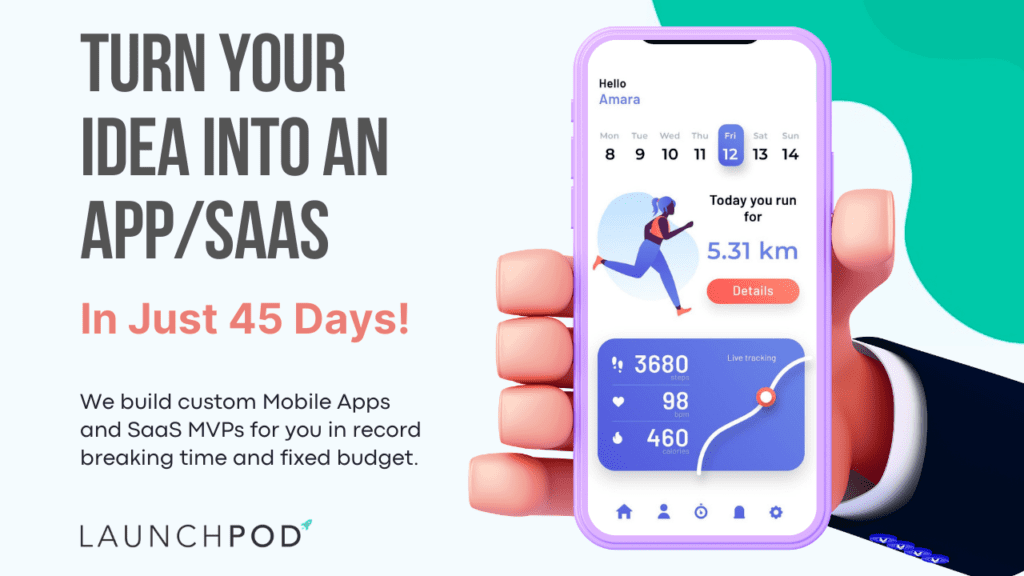Building a successful SaaS MVP (Minimum Viable Product) is not as simple as just launching a website and hoping for the best. It takes careful planning, development, and marketing to ensure your SaaS development efforts are successful.
The rise of Software-as-a-Service (SaaS) has revolutionized the way businesses operate and compete in today’s market. SaaS allows companies to offer their services through the cloud, reducing costs and increasing efficiency. As such, it’s no surprise that many businesses are eager to jump on the SaaS bandwagon and start offering their services through this model. In this article, we’ll outline the steps you need to take to build a SaaS MVP in 45 days and outrank the competition.
Step 1: Identify Your Target Market
The first step in building a successful SaaS MVP is to identify your target market. This is the group of people or businesses that are most likely to use and benefit from your service. To do this, you’ll need to research your target market and understand their needs, pain points, and buying habits.
By understanding your target market, you’ll be able to design your MVP to meet their specific needs, increasing the chances of success. Additionally, by knowing your target market, you’ll be able to tailor your marketing efforts to reach and engage them effectively.
Step 2: Define Your SaaS MVP
Once you’ve identified your target market, the next step is to define your MVP. Your MVP is the bare minimum version of your SaaS product that will still provide value to your target market. This could be a single core feature or a limited set of features, but the goal is to launch your MVP as quickly as possible to start testing it in the market.
When defining your MVP, it’s important to keep in mind the needs of your target market and what they’re looking for in a SaaS product. You should also focus on creating a user-friendly interface that is easy to navigate and use.
Step 3: Choose the Right Technology Stack
The technology stack you choose for your SaaS MVP is critical to its success. You’ll want to choose a technology stack that is easy to develop, scalable, and secure. Some popular technology stacks for SaaS MVPs include Ruby on Rails, Django, and Laravel.
When choosing your technology stack, it’s important to consider the specific needs of your MVP and your target market. For example, if you’re building a SaaS product that requires real-time updates, you’ll want to choose a technology stack that supports this.
Step 4: Build Your SaaS MVP
Once you’ve defined your MVP and chosen your technology stack, it’s time to start building. This is the most time-consuming step in the process, so it’s important to have a clear plan and timeline in place.

To build your MVP in 45 days, you’ll want to work with a team of experienced developers who are familiar with your chosen technology stack. You’ll also want to ensure that your team is able to work quickly and efficiently to meet your deadline.
Step 5: Test and Validate Your MVP
Once your MVP is built, it’s time to test and validate it. This involves releasing your MVP to a small group of users and collecting feedback on its performance and functionality. This feedback will help you identify any issues and make improvements to your MVP before launching it to the public.
Step 6: Launch Your SaaS MVP
After testing and validating your MVP, it’s time to launch it to the public. Before launching, it’s important to have a well-defined marketing plan in place. This should include tactics such as search engine optimization (SEO), content marketing, social media marketing, and email marketing.
Your marketing plan should be designed to reach your target market and increase awareness of your MVP. By targeting the right audience, you’ll be able to generate interest in your product and drive traffic to your website.
Step 7: Continuously Improve and Iterate
Once your MVP is launched, it’s important to continuously improve and iterate based on feedback from your target market. This will help you refine and perfect your MVP, making it even more appealing to your target market.
By continuously improving your MVP, you’ll be able to outrank the competition and maintain a competitive edge in the market. Additionally, by continually adding new features and improvements, you’ll be able to keep your target market engaged and interested in your product.

Conclusion
Building a successful SaaS MVP in 45 days is not an easy task, but it can be done with careful planning and execution. By following the steps outlined in this guide, you’ll be able to build an MVP that meets the needs of your target market, stands out from the competition, and drives growth for your business.
So, what are you waiting for? Start building your SaaS MVP today and take your business to the next level.